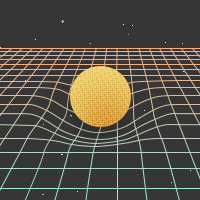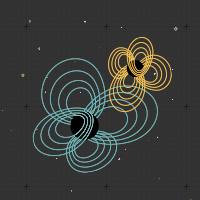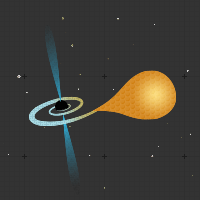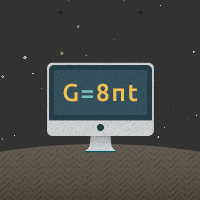"Extreme-Kick" Merger: Inspiral of Equal-Mass Black Holes with Spins Anti-parallel and Oriented in the Orbital Plane
The spins of the black holes are anti-parallel, oriented in the orbital plane, and are of magnitude 0.5. In this configuration, the kick of the final black hole has been observed in simulations by Campanelli et. al. to depend on the phase of the binary at the time of merger; more specifically, they found that the kick depended sinusoidally upon the angle between the initial momenta of the BHs and the spins. This simulation will be detailed a future publication in progress; it is discussed in a paper simbitted to Phys. Rev. Lett., available at arXiv:1012.4869.
Movie displaying the evolution of Enn, the tendexes, in the apparent horizons
Movie displaying the evolution of Bnn, the vortexes, in the apparent horizons






